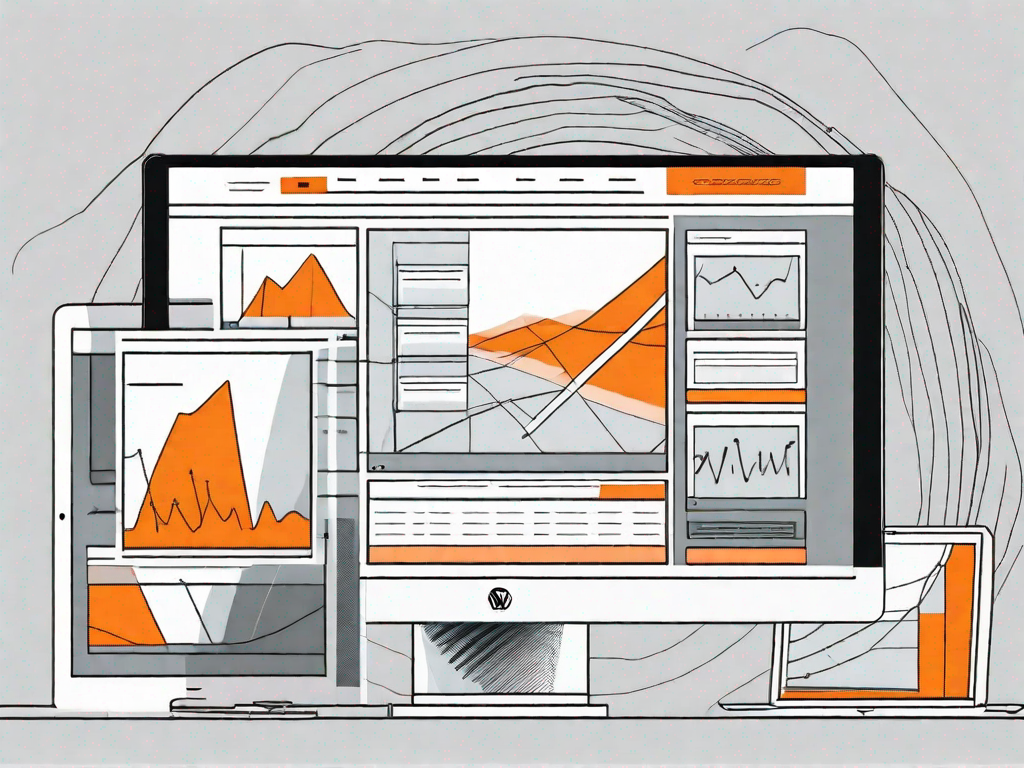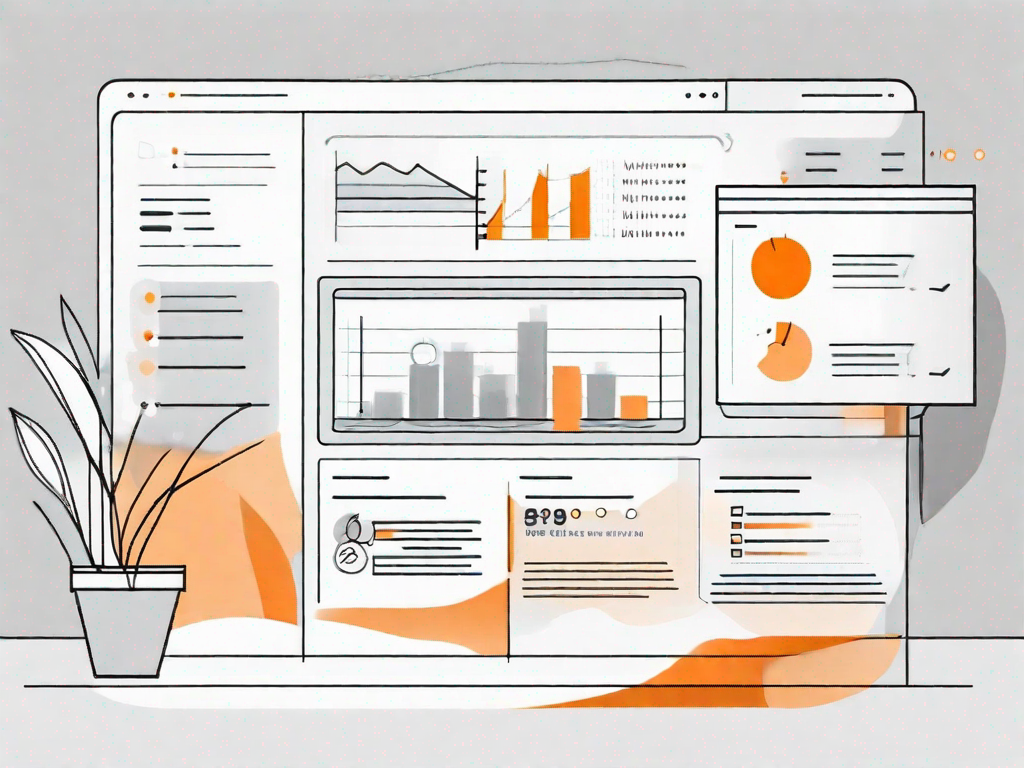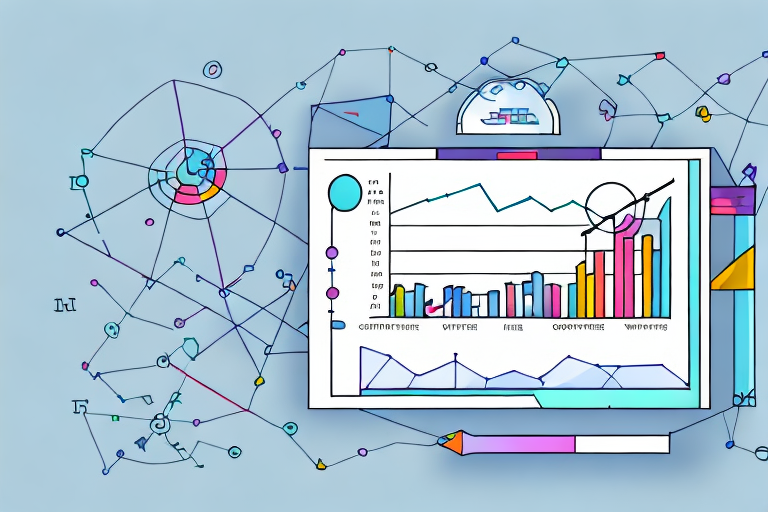.svg)
How to create a static front page in WordPress
.svg)

In today's digital landscape, having a static front page for your WordPress site can be a game-changer. It not only gives your website a professional look, but also allows you to control the first impression visitors have of your site. In this guide, we will walk you through the process of creating a static front page in WordPress, from understanding the basics to troubleshooting common issues.
Understanding the Basics of WordPress
Before delving into the nitty-gritty of creating a static front page in WordPress, let's first take a moment to understand what WordPress is. WordPress is a popular content management system (CMS) that allows individuals and businesses to create and manage their websites with ease. It provides a user-friendly interface, extensive customizability, and a wide range of themes and plugins to enhance your site's functionality.
WordPress is not just a platform for blogging; it has evolved into a versatile tool that can be used to create any type of website. From personal blogs to e-commerce stores, WordPress caters to a diverse range of needs. Its flexibility and scalability make it a top choice for both beginners and experienced web developers.
When it comes to the structure of your WordPress site, there are two main elements: the front page and the blog page. The front page is the first thing visitors see when they land on your site, while the blog page displays your latest posts. By default, WordPress sets the blog page as the homepage. However, if you want to showcase a specific page as your front page, you'll need to create a static front page.
Importance of a Static Front Page
Creating a static front page has several advantages. Firstly, it allows you to present a clear and focused message to your visitors. Whether you're a business looking to showcase your products or a blogger wanting to highlight your best content, a static front page provides a gateway that aligns with your goals and captures the attention of your audience.
Imagine you're a photographer who wants to showcase your portfolio. With a static front page, you can create a visually stunning introduction that immediately grabs the attention of your visitors. You can display your best photographs, provide a brief description of your style, and include a call-to-action button that leads visitors to explore more of your work.
Secondly, a static front page enhances the user experience by guiding visitors through your site's key features and offerings. By presenting a well-structured front page, you can direct users to explore other important sections of your website, ultimately increasing engagement and conversions.
For example, if you run an online store, a static front page can showcase your best-selling products, highlight any ongoing promotions, and provide easy navigation to different product categories. This way, visitors can quickly find what they're looking for and make a purchase without any hassle.
Furthermore, a static front page can also improve your website's search engine optimization (SEO). By optimizing the content on your front page with relevant keywords and meta tags, you can increase your chances of ranking higher in search engine results, attracting more organic traffic to your site.
In conclusion, understanding the basics of WordPress is essential for anyone looking to create and manage a website. By utilizing the power of a static front page, you can effectively communicate your message, enhance the user experience, and improve your website's overall performance. So, whether you're a business owner, a blogger, or an aspiring web developer, WordPress offers the tools and flexibility you need to succeed in the digital world.
Setting Up Your WordPress Site
Before diving into the process of creating a static front page, there are a few preliminary steps to get your WordPress site up and running.
Choosing a Hosting Provider
Selecting a reliable hosting provider is crucial for the success of your WordPress site. Look for a hosting provider that offers good uptime, fast loading speeds, and excellent customer support. Consider your budget and specific needs, such as the amount of storage and bandwidth required.
Installing WordPress
Once you've chosen a hosting provider, installing WordPress is a breeze. Most hosting providers have a one-click installation option, which simplifies the process. Alternatively, you can manually install WordPress by downloading it from the official website and following the installation instructions provided.
Creating a Static Front Page in WordPress
Now that your WordPress site is set up, let's jump into creating a static front page.
Step-by-Step Guide to Creating a Static Front Page
To set a static front page in WordPress, follow these steps:
- Login to your WordPress dashboard.
- Navigate to "Settings" and click on "Reading".
- Under the "Front page displays" section, select the "Static page" option.
- In the "Front page" drop-down menu, choose the page you want to set as your front page.
- Save your changes.
Choosing the Right Theme for Your Static Front Page
Once you've set your static front page, it's time to choose a theme that complements your content and aligns with your brand identity. WordPress offers a wide range of free and premium themes, each with its own set of features and design options. Consider factors such as responsiveness, customization options, and overall aesthetics when selecting a theme for your static front page.
Customising Your Static Front Page
Now that you have your static front page set up and a theme in place, let's explore how you can customize it to make it truly your own.
Adding Content to Your Static Front Page
The content you include on your static front page depends on your specific goals and target audience. You can add an introduction to your business or blog, showcase your best-selling products or most popular articles, or even incorporate testimonials from satisfied customers. Remember to keep your content concise, engaging, and visually appealing to capture the interest of your visitors.
Incorporating Widgets and Plugins
Widgets and plugins can add extra functionality and enhance the user experience on your static front page. Consider incorporating widgets such as social media feeds, contact forms, or newsletter sign-ups to encourage visitor interaction and engagement. Additionally, explore the vast array of plugins available in the WordPress repository to further customize your static front page and add advanced features.
Troubleshooting Common Issues
While creating a static front page in WordPress is relatively straightforward, there may be some common issues you encounter along the way. Here are a few tips to help you troubleshoot these issues:
Resolving Common Errors When Setting Up a Static Front Page
If you're experiencing errors when setting up your static front page, double-check your page settings in the WordPress dashboard. Ensure that you've selected the correct page for both the front page and the blog page. If the issue persists, try disabling any conflicting plugins or switching to a default WordPress theme to pinpoint the source of the problem.
Maintaining Your Static Front Page
Once your static front page is up and running, it's important to regularly maintain and update it. Keep your content fresh and relevant, test your website's performance on different devices, and monitor user engagement through analytics. Regularly check for updates to your theme and plugins to ensure compatibility and security.
Creating a static front page in WordPress can elevate your website to a new level. By following the steps outlined in this guide and exploring the various customization options available, you'll be well on your way to creating a visually appealing and engaging front page that resonates with your audience. Remember to regularly update and maintain your static front page to keep it aligned with your evolving goals and growing audience.
Let's
Let’s discuss how we can bring reinvigorated value and purpose to your brand.







.svg)